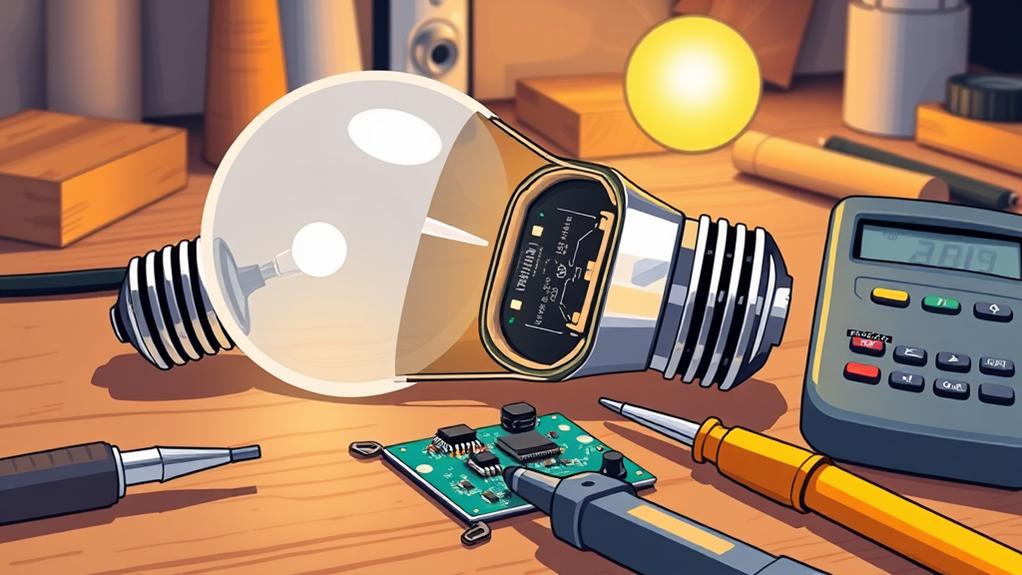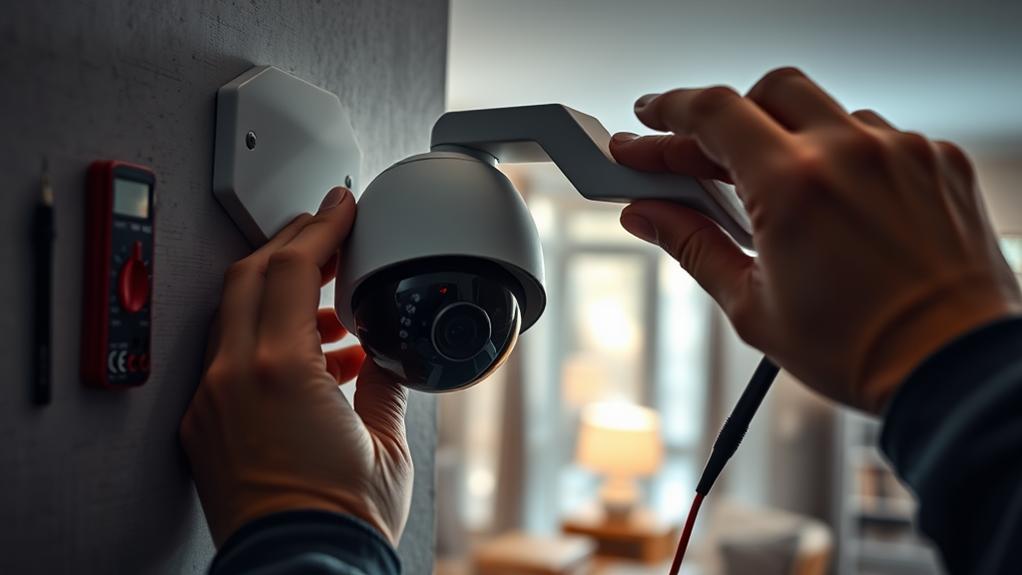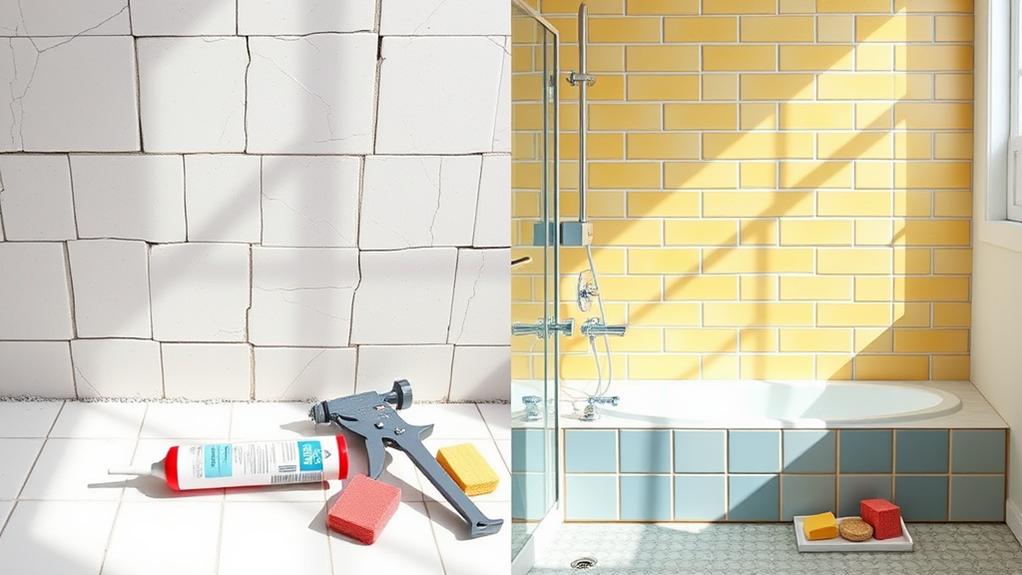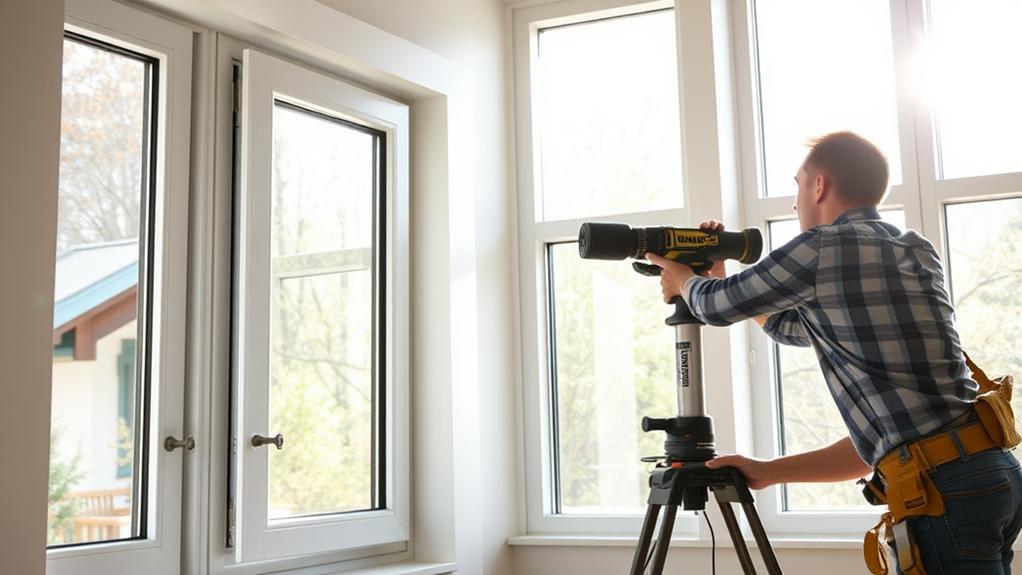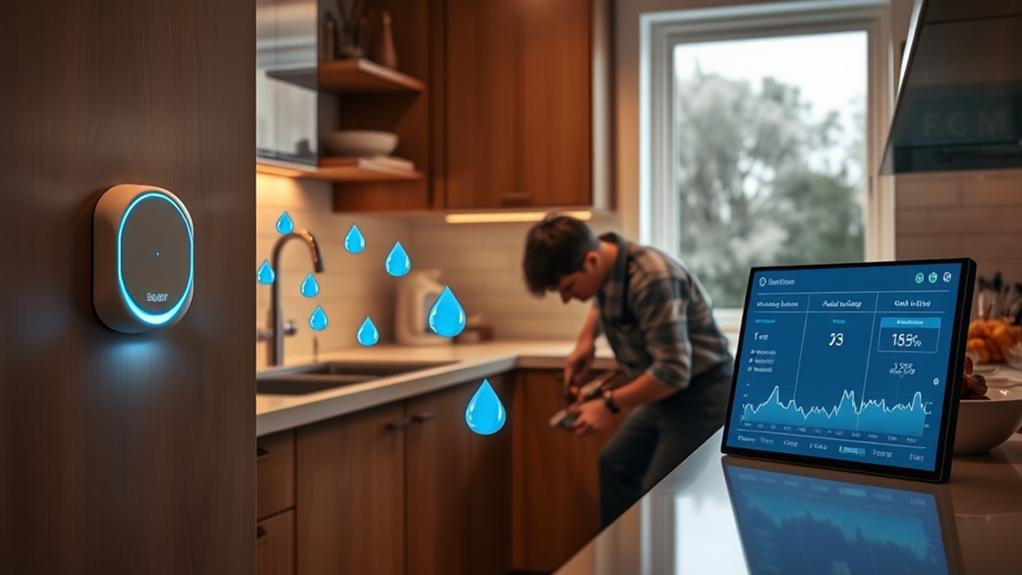Like a Shakespearean play gone awry, smart lighting systems can often face unexpected failures that leave you in the dark. You might find that your bulbs refuse to connect or flicker inconsistently, disrupting the ambiance you've worked hard to create. Identifying the root causes can be more complex than it seems, and knowing where to start is essential. As you navigate compatibility issues and connectivity problems, you'll discover strategies and solutions that can restore your system to its intended brilliance. So, what's the first step to illuminating the path forward?
Identifying Common Issues
When evaluating smart lighting systems, it's essential to recognize common issues that can disrupt their performance. One significant problem you might encounter is compatibility. If your smart bulbs don't work with your existing fixtures or hub, you'll waste time and money. Always check compatibility before investing.
Another common issue is poor installation. If you don't follow the manufacturer's guidelines, you might face connectivity problems or malfunctions. Confirm you install everything correctly, including any necessary apps or updates.
Power interruptions can also cause headaches. If your smart lights rely on Wi-Fi, any power outage can disconnect them from the network. You might find yourself resetting the system more often than you'd like.
Additionally, keep an eye on your network strength. A weak Wi-Fi signal can lead to lag or failure in your smart lighting's responsiveness. Consider the distance between your router and the lights.
Lastly, outdated firmware can hinder performance. Regularly check for updates to guarantee your system runs smoothly.
Troubleshooting Connectivity Problems
Experiencing connectivity problems with your smart lighting system can be frustrating, especially if you've already addressed common issues like compatibility and installation.
First, check your Wi-Fi connection. Verify your router is functioning and that your smart bulbs are within range. Sometimes, simply restarting your router can resolve connectivity issues.
Next, make sure your smart lighting app is updated to the latest version. Outdated software can lead to performance problems. If you're using a hub, check its status and verify it's properly connected to your network.
You should also inspect other devices connected to the same network. Too many devices can strain your bandwidth, causing your smart lights to become unresponsive. Disconnect devices that aren't in use to see if performance improves.
Lastly, consider interference from walls, appliances, or other electronic devices. If possible, move your router to a more central location in your home.
If issues persist, try reinstalling the smart lighting app or re-adding your bulbs to the network. By following these steps, you can often restore connectivity and enjoy the full benefits of your smart lighting system.
Resetting Smart Bulbs
If your smart bulbs aren't responding or connecting properly, resetting them can often fix the issue. The process for resetting varies by brand, but it usually involves turning the bulb off and on multiple times.
Start by turning the bulb off at the switch, then back on. Repeat this process about five to ten times. You should see the bulb flicker or change colors, indicating it's in reset mode.
Once you've reset the bulb, you'll want to reconnect it to your smart home system. Open your smart lighting app and follow the instructions for adding a new device. Make sure your phone is connected to the same Wi-Fi network you want the bulb to use.
After you've added the bulb, test its functionality to guarantee it responds to commands. If it still doesn't work, double-check that you're using the correct app and that your Wi-Fi is stable.
Sometimes, the issue might be with your network rather than the bulb itself. Remember, resetting can solve many problems, so don't hesitate to try this step first before considering other fixes.
Replacing Faulty Components
Identifying faulty components in your smart lighting system can be critical to restoring its functionality. Start by inspecting each element, including bulbs, fixtures, and connectors. If a bulb isn't lighting up, try replacing it with a new one. Confirm you're using compatible bulbs for your system.
Next, check the fixtures. Look for any signs of damage or corrosion, which could disrupt the electrical connections. If a fixture appears worn out, consider replacing it entirely.
Don't forget to look at the wiring and connectors as well; loose or frayed wires can cause intermittent issues. Tighten any loose connections and replace any damaged wires.
If you're using a smart hub, confirm it's functioning properly. Sometimes, a faulty hub can create problems across your entire system. If you suspect the hub is the issue, look for updates or replacements.
Lastly, remember to consult the manufacturer's documentation for guidance specific to your setup. They often provide troubleshooting steps that can help you identify which components might need replacing.
Taking these steps will help you get your smart lighting system back in working order, confirming you can enjoy its benefits once again.
Software Updates and Compatibility
Regular software updates are vital for maintaining the performance of your smart lighting system. These updates not only fix bugs but also introduce new features that can enhance your user experience. When you neglect updates, you risk running into compatibility issues that can cause your lights to malfunction or become unresponsive.
To guarantee your system runs smoothly, check for updates regularly through the app or the manufacturer's website. You should also pay attention to any compatibility requirements that come with new updates. Sometimes, a new version mightn't work well with older hardware or other connected devices in your home.
If you find that your smart lighting system isn't functioning as expected after an update, don't panic. Reverting to an earlier version is often possible, but you'll need to follow specific steps outlined by the manufacturer.
Lastly, consider setting your system to automatically update if that option is available. This will help you keep your lighting system secure and performing efficiently without having to remember to check for updates manually.
Staying on top of software updates is a vital part of troubleshooting and guaranteeing your smart lighting works effectively.
Ensuring Proper Network Configuration
After verifying your software is up to date, the next step is to focus on your network configuration. A properly configured network is essential for your smart lighting system to function at its best.
First, check that your smart lights are connected to the correct Wi-Fi network. If you have multiple networks, it's easy to accidentally connect to the wrong one, which can lead to connectivity issues.
Next, make sure your router is set up to handle smart devices. This often means enabling features like Quality of Service (QoS) to prioritize the traffic from your lighting system. You should also look for any connectivity options your router may have, like a 2.4GHz band, which is commonly used by smart devices.
Don't forget to check your signal strength. If your smart lights are located far from the router, consider using a Wi-Fi extender to boost the signal.
Finally, confirm that your network's firewall settings aren't blocking your devices. Adjust these settings as needed to guarantee seamless communication between your smart lights and your network.
Power Supply and Circuit Checks
Check the power supply and circuit connections to guarantee your smart lighting system is functioning properly. Start by ensuring that the system is plugged in and receiving power. If you're using a smart bulb, check that it's securely installed in the socket. A loose connection can cause flickering or complete failure.
Next, inspect the circuit breaker. If your lights aren't responding, it's worth checking if the breaker has tripped. Reset it if necessary, but be cautious—frequent tripping might indicate a more serious issue.
Additionally, examine any extension cords or power strips for damage or faults. Sometimes, these can disrupt the flow of electricity.
Make sure your smart lighting system's power adapter is working correctly. If you've got a faulty adapter, it can lead to inconsistent performance. If you suspect this is the issue, try replacing it with a compatible one.
Lastly, review your home's electrical wiring. Look for signs of wear or damage, especially if you've experienced flickering lights or outages. If you find any issues, it's best to consult a professional electrician to avoid further complications.
Utilizing Mobile Apps for Diagnostics
Utilizing mobile apps for diagnostics can greatly streamline troubleshooting your smart lighting system. These apps often connect directly to your lighting devices, providing real-time data and alerts that can help you identify issues quickly. When you encounter a problem, simply open the app and check for any error messages or notifications that can point you in the right direction.
Many smart lighting apps feature user-friendly interfaces that guide you through various troubleshooting steps. You can often run tests to check connectivity, brightness levels, or even firmware updates. If one of your lights isn't responding, the app may help you determine whether it's a connection issue or a malfunction within the bulb itself.
Additionally, some apps allow you to monitor power consumption, which can indicate if a specific device is drawing too much energy or failing. By using these diagnostics tools, you can save time and avoid unnecessary guesswork.
Instead of manually checking each device, you can pinpoint the problem more efficiently. With the right app, you'll have a powerful ally in diagnosing and fixing your smart lighting system issues.
Seeking Professional Assistance
When your smart lighting system presents persistent issues that you can't resolve on your own, seeking professional assistance becomes a smart choice. Sometimes, despite your best efforts, the problems may lie deeper than basic troubleshooting can fix.
Professionals have the experience and tools to diagnose and repair complex issues that you mightn't even be aware of. It's important to identify a qualified technician who specializes in smart home systems.
Look for reviews and recommendations in your area to ascertain you're choosing someone reliable. They'll be able to assess your system, pinpoint the malfunction, and recommend the best solutions.
Moreover, professionals keep up with the latest technologies and trends, which can be invaluable when your system needs an upgrade or integration with other smart devices. They can also provide insights on how to optimize your setup for efficiency and performance.
Investing in professional help can save you time, frustration, and potentially costly mistakes. So, when DIY methods fall short, don't hesitate to call in the experts.
You'll regain peace of mind and enjoy your smart lighting system without the hassle of ongoing issues.
Conclusion
Fixing smart lighting issues can feel like untangling a knot; it takes patience and a systematic approach. By identifying common problems and following troubleshooting steps, you can restore your lighting system to its full potential. Don't hesitate to use mobile apps for diagnostics or call in a professional if needed. With a little effort, you'll illuminate your space seamlessly again, creating a smart home that works for you, just like it's meant to.







